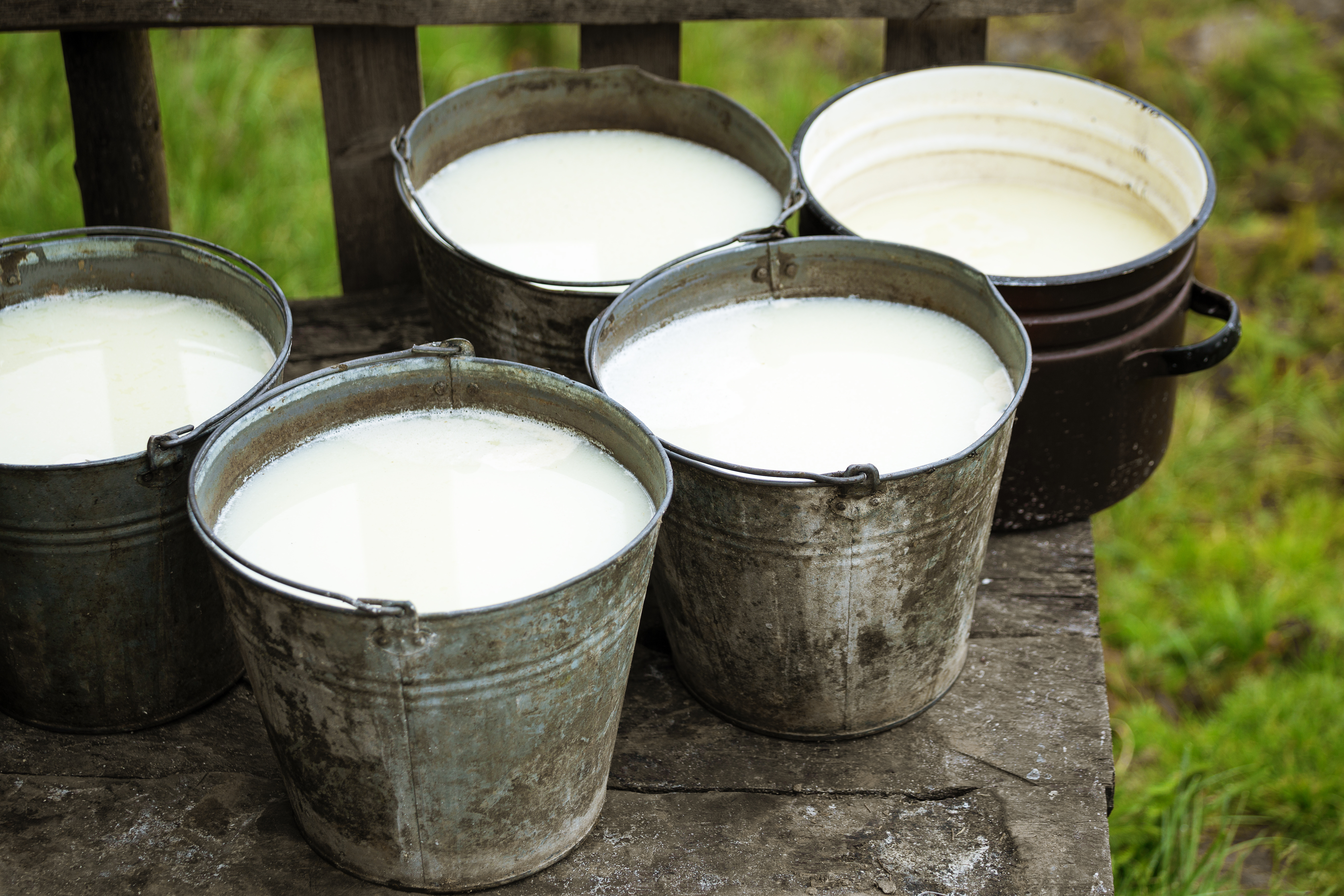
Ever wondered how Vikings preserved food?
Jesse Byock, in his book Viking Age Iceland, gives us insight.
Lots of great stuff in the book, of which I’ll highlight a few items that caught my eye. Posts in this series:
- Self governance and estimates of population
- Homespun cloth as medium of exchange, or money
- Food preservation
Food preservation
The book describes several things about how food was preserved. I’ve been wondering how Vikings would make it from one harvest to the next, especially through the harsh winters, without salt or other preservatives.
Most meats were boiled and then placed in a vat of sour whey. Wikipedia says whey is the liquid left after curdling and straining of milk. Sweet whey is the byproduct of making cheese. Sour whey is the byproduct of making cottage cheese or strained yogurt.
The sour whey works as a preservative. The fermentation converts milk sugar to lactic acid, which preserves the meat.
Similar approach with butter. It was stored in wood boxes or barrels. If salt is not added the butter ferments during storage and turn sour. It will last for a long time.
Book says the fish cod has lots of the oils needed for preservation. The fish would be split and hung on wood. Wind would dry the fish which would then be preserved without any salt. Certain areas in Iceland and far northern Norway had the wind and fish which allows for easy, successful wind drying.
Illumination from indoor illumination was powered by seal or shark oil.